Today we commemorate the birthday in 1806 of Isambard Kingdon Brunel, the great engineer who left so many marks along the Thames Path. As the architect of the Great Western Railway, he was responsible for Moulsford, Gatehampton and Maidenhead railway bridges which Thames Path walkers take great delight passing under. He also constructed, together with his father, the first ever tunnel under a navigable river: the Thames Tunnel which runs from Rotherhithe to Wapping. The tunnel is now used by London Overground trains.
If you are walking on the right bank of the river through Rotherhithe, take a moment to enjoy his museum on the Thames Path.
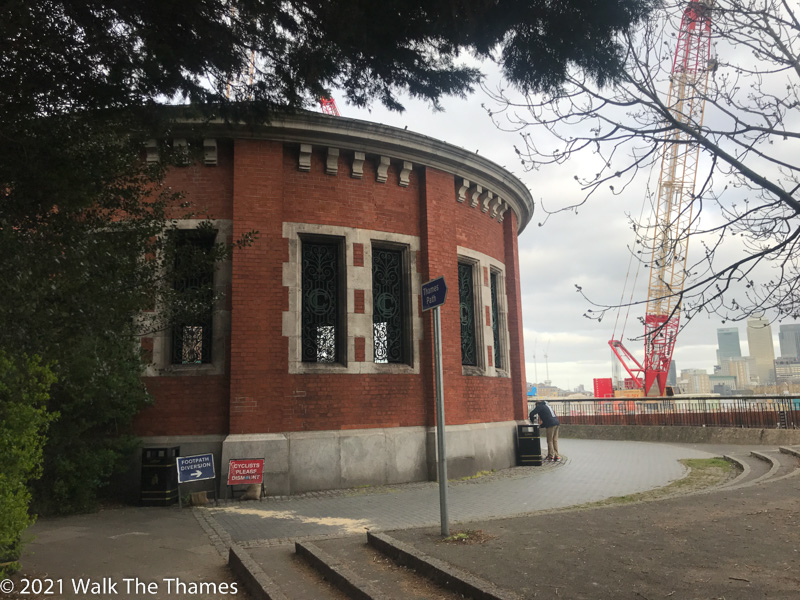
Paths are all currently dry. There are no diversions that we are aware of.
Ambitious plans are being put forward to re-open the Kemble to Cirencester line. This was closed in the 1960’s following the Beeching Report. The line would be a “very light railway”.
As lock-down eases, so public transport is starting to get back to normal. The Park and Ride service at Redbridge Oxford is restarting from Monday; and the Thames Clippers riverboat service is running – although on a slightly reduced schedule.
Temporary toilets have been installed on the Thames Path just past (downstream) Richmond Bridge on the right bank. With so many cafes and pubs closed, there is a chronic shortage of toilets in London. So you may be interested to learn that Richmond Council has started a Community Toilet Scheme where businesses are paid up to £1,200 a year to open their toilets up to non-paying customers. Participating businesses will display a sticker in the window.
Hammersmith Bridge remains closed. A ferry scheme (foot passengers and bikes) is to start by the end of the summer which will be run by Thames Clippers.
Finally (and you can’t get much further down the Path than this!) proposals have been put forward to create a “low-cost, low-impact pedestrian and cycle bridge” on the Thames Barrier. Presently, once past Tower Bridge, the only pedestrian routes across the Thames are the tunnels at Rotherhithe (shared with cars), Greenwich and Woolwich. The lifts at Woolwich tunnel are currently closed.
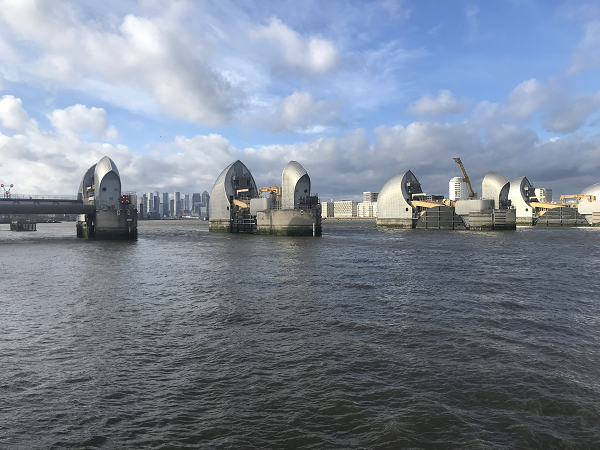
The Reading Beer Festival, which is normally held in May at Christchurch Meadows in Caversham, has been cancelled. The organisers had hoped to hold a smaller event later in the year but have now decided against this.
Henley Regatta have announced that they are actively working to stage their annual event in the week of August 9. So please bear that in mind when planning your Thames Path walk.
Hampton Court Festival is to go ahead in August. The line-up includes Tom Jones, Keane, and Van Morrison. It lasts from August 13 to August 24.
Look up London, who host walking tours, are restarting from April 17. Their schedule is available here. Totally Thames
A fascinating podcast has been released by Diarmaid MacCulloch on BBC Sounds about the church of St John the Baptist in Inglesham. This church is literally on the Thames Path as you approach Lechlade and has to be one of the highlights of the upper stretches. MacCulloch expertly talks about how the church was frozen in time. He explains how most Anglican churches in Victorian times were “restored” back to how they would look pre-reformation. With help from nearby William Morris, St John the Baptist in Inglesham escaped these changes and now remains as an example of how a church would look in the 1830’s.
Our next webinar will be the Thames Path from Reading to Maidenhead on Thursday April 15 at 7pm. We plan to step-up the frequency of this detailed series from fortnightly to weekly so as to finish the series on May 6.
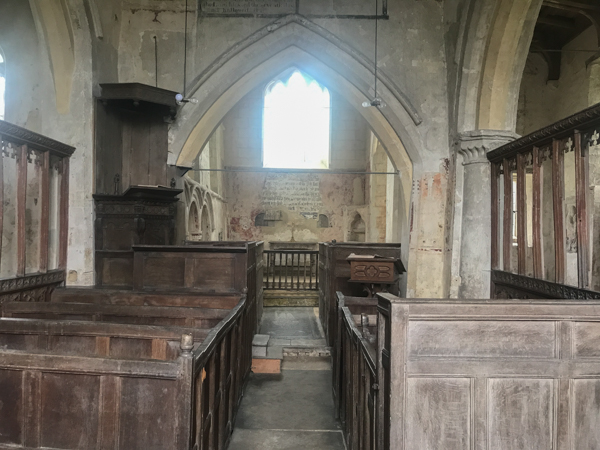
With April 12 around the corner, what better way to celebrate than to sit in a beer garden. Big Seven Travel have listed the top 25 beer gardens in England and The Ship at Wandsworth, right on the Thames Path, is included. It’s an interesting read: how many of these pubs have you visited?
With people now booking packages we are back in touch with hotels and can report on which are not re-opening:
Rafayel on the Left Bank (which is actually on the right bank in Battersea!) is not contactable and, judging by its appearance, it seems unlikely to be re-opening on May 17. We have therefore removed it from our planner. The neighbouring Crowne Plaza, which would have been a good substitute, is also not re-opening.
We have therefore added the Hilton Doubletree at Chelsea to our planner. The Doubletree sits about 200 metres from the river close to Chelsea Harbour.
Staying in Chelsea, La Reserve is also unreachable and so we have removed that hotel too.
Finally, the De Vere Group have sold the licence to the Devenport House in Greenwich. We don’t know what is to become of the building. This is a shame as it was a high quality good value hotel close to the end of the Thames Path.
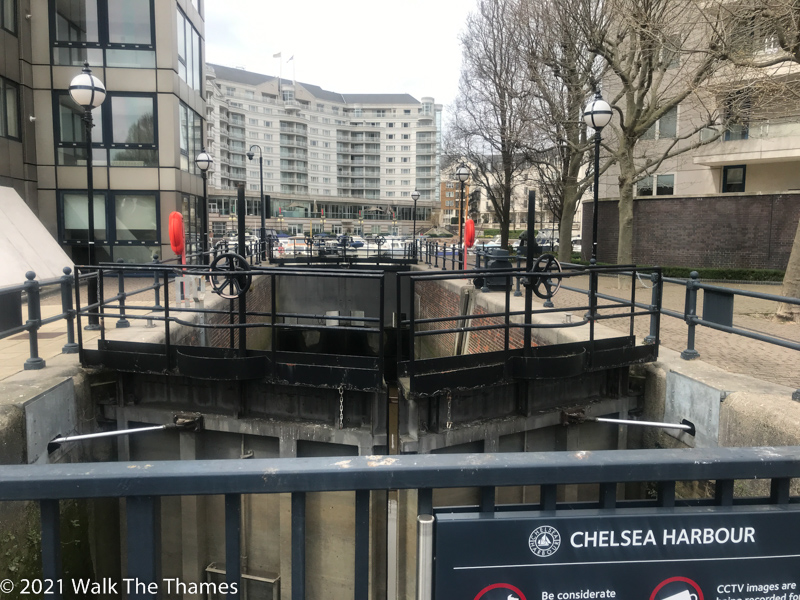
You may recall in recent newsletters that we reported on the Henley Toad Patrol, where volunteers help toads cross the busy Henley road as they seek a spawning ground in what is now the grounds of the Henley Business School. The migration has officially come to an end and the patrol carried a staggering 5,953 toads, 302 smooth newts, and 125 frogs.
Not too far from the Thames Path, a Great Bustard named Gertrude has been seen wandering around Stonehenge. The Great Bustard is the heaviest flying animal in the world. There are believed to be only about 100 living birds in the UK, all on Salisbury Plain.
The first fritillaries have been spotted. Iffley Meadows, just past Oxford, have reported some. And also in Rotherhithe, between London and Greenwich. Yes, they have been seen at Stave Hill Ecology Park, which can be accessed from Greenland Dock.
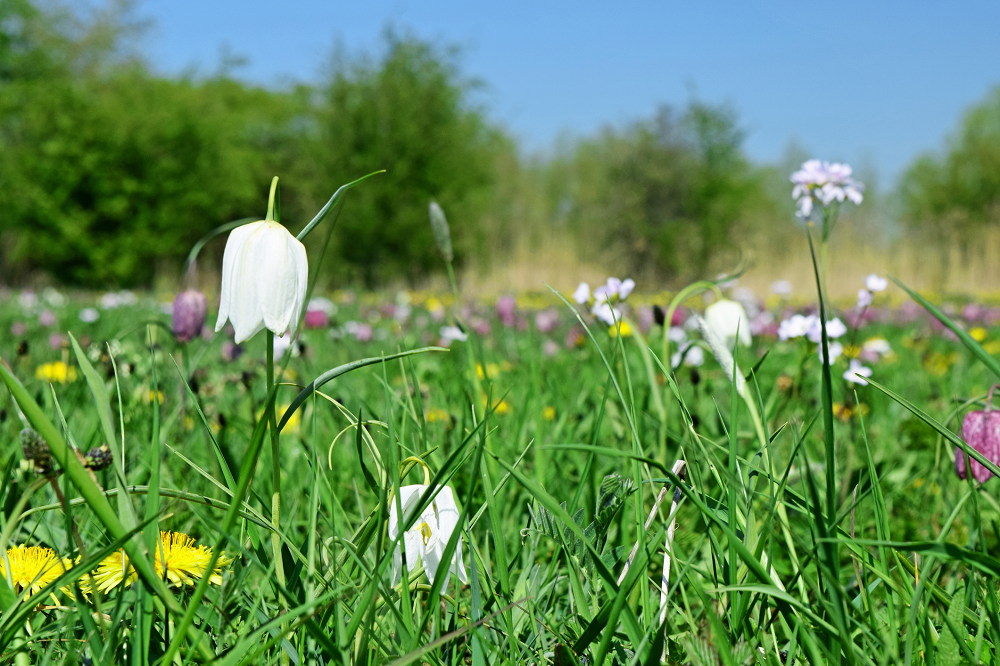
The Mill at Sonning has been awarded an almost £0.5 million grant from the Culture Recovery Fund. The theatre is scheduled to re-open in May.
We wrote in a previous newsletter about how Fulham FC, whose ground, Craven Cottage, lines the riverbank, has been using the river to transport the new riverside stand from Tilbury. The club has released an update which includes some great river footage of the stand being built.
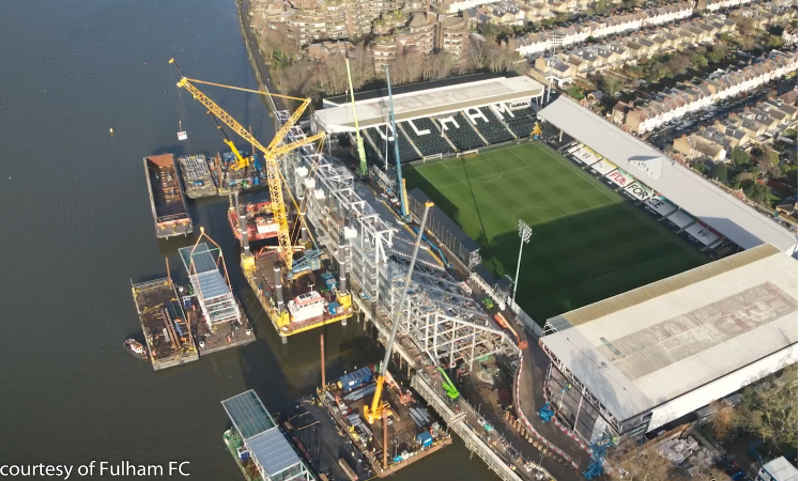
As we are now legally permitted to travel a little further, we took the opportunity to spend some time over the Easter weekend in London. The first stretch we revisited was between Greenwich and the end of the Thames Path, the Thames Barrier.
Greenwich is a fine place to stop at. However, for this purpose we will ignore the Cutty Sark and the Royal Observatory and get straight down to the business of walking the Thames Path.
Greenwich marks the end of the “dual Thames Path” where, from Teddington, the Path runs down both left and right banks. Those who have walked from Tower Bridge on the left bank past Canary Wharf will have arrived here via Greenwich foot tunnel from Island Gardens. From here to the Thames Barrier, there is but one option.
I say that but, in fact, there is a Thames Path extension which carries on the other side. But we will leave that for another day.
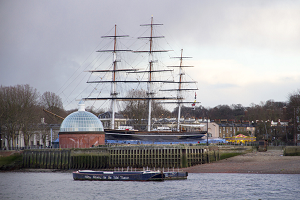
The Thames Path leaves Greenwich, fittingly, in front of the Cutty Sark passing in front of the complex of buildings which was once the Royal Naval College and now houses the National Maritime Museum. The site’s history goes as far back as 1433 when the Palace of Placentia was built by the Duke of Gloucester who was then regent for the child king Henry VI. It remained a Royal Palace until 1660 when Charles II decided to demolish it to make way for a new one. It was never built. Instead, Greenwich Hospital, a home for retired sailors from the Royal Navy, was built in its place. It was designed by Christopher Wren (St Paul’s Cathedral) and is the building we see today. The hospital closed in 1869 to make way for the Royal Naval College.
The College occupied the site until 1983 when the buildings were vacated. In their place came the National Maritime Museum, the University of Greenwich and other assorted tenants including, until very recently, the De Vere Devenport House Hotel (see Hospitality News above).
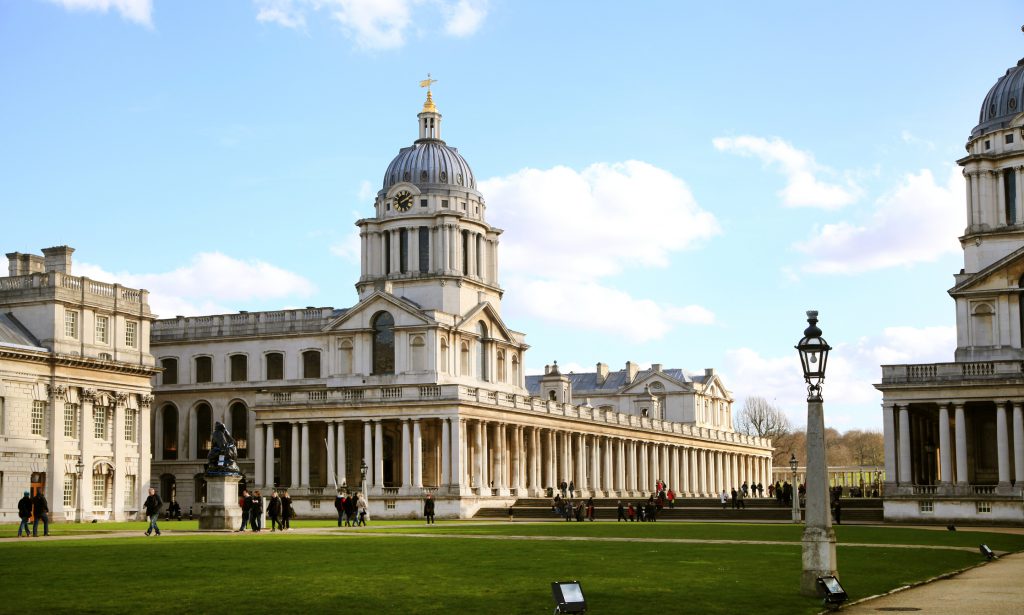
Just past the college is a famous pub, the Trafalgar Tavern. Charles Dickens used to frequent here and it was the setting for the wedding breakfast in Our Mutual Friend. A statue of Lord Nelson stands outside, keeping watch on the Thames.
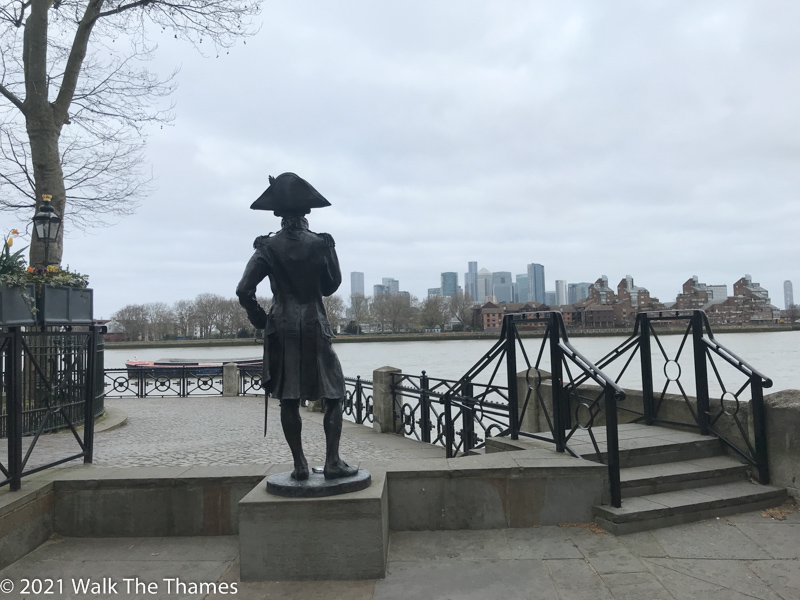
The Path runs down an alley behind the pub before rejoining the riverfront at Trinity Hospital, which was never a hospital but a collection of almshouses for the poor. Like the Royal Naval Hospital and the Royal Hospital at Chelsea, both rest homes for service men, the word hospital derives from the Latin “hospes” meaning guest.
Trinity Hospital was built in 1613-14 but was rebuilt in 1812. Remarkably it is still an almshouse, providing affordable accommodation for retirees, managed by the Worshipful Company of Mercers. Behind it stands an idle Greenwich Power Station which looks remarkably similar to Gilbert Scott’s Battersea Power Station but was designed by the council’s architects and actually precedes Battersea. Could Greenwich have been the inspiration for Gilbert Scott’s design?
In front of the hospital is a simple garden. In fact, it is a guerilla garden: where strangers take over an untended plot of land.
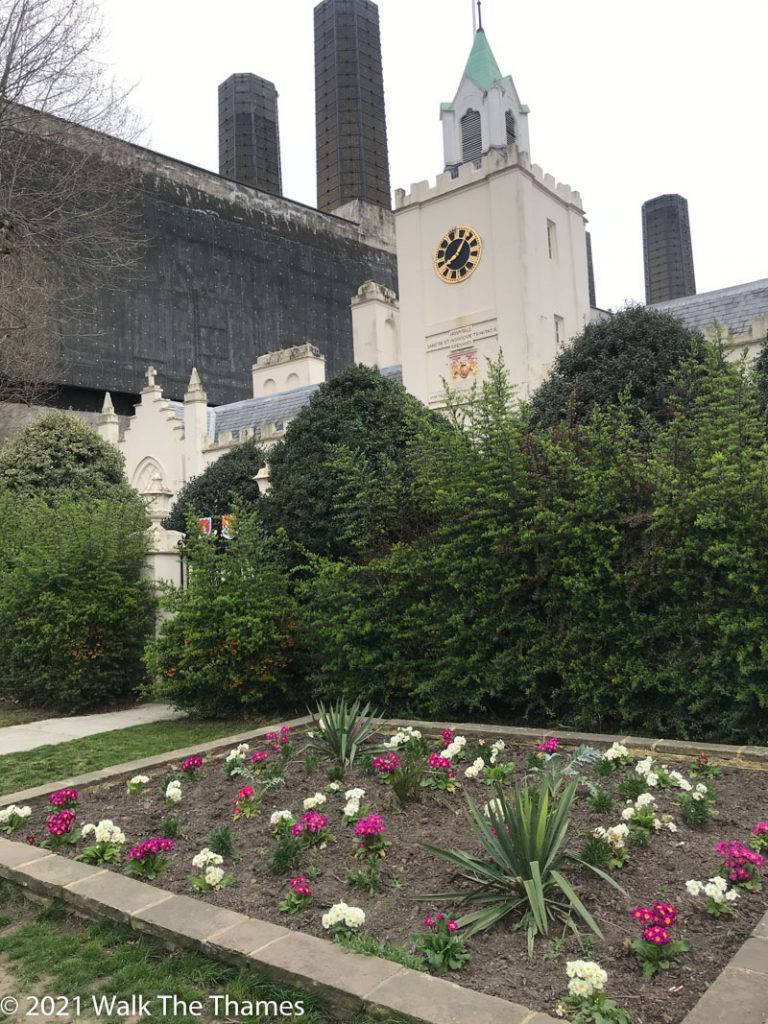
A few yards further on is the Cutty Sark pub, probably too close to the Trafalgar Tavern to deserve another drink! Like the Trafalgar Tavern, it doesn’t offer accommodation. A quarter of a mile further on is yet another pub, The Enderby. This is a new pub, created from the former home of Samuel Enderby, an eighteenth century whale merchant.
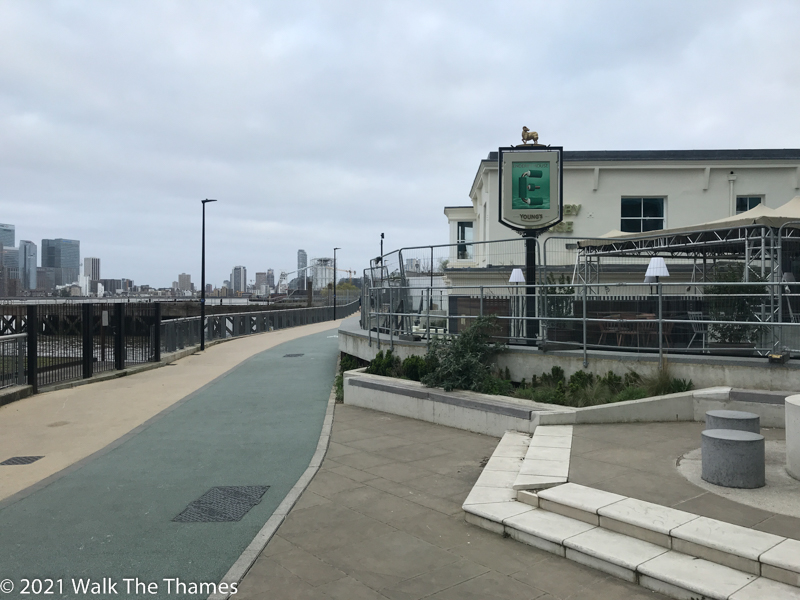
We have now left Greenwich behind and are heading north. To our right are containers and signs of redevelopment. The Path is traffic free: smooth tarmac with a cycle lane. The OS map shows an uninterrupted riverside walk all the way to Greenwich Peninsula. In fact, there are some diversions in place due to ongoing construction – but not too many.
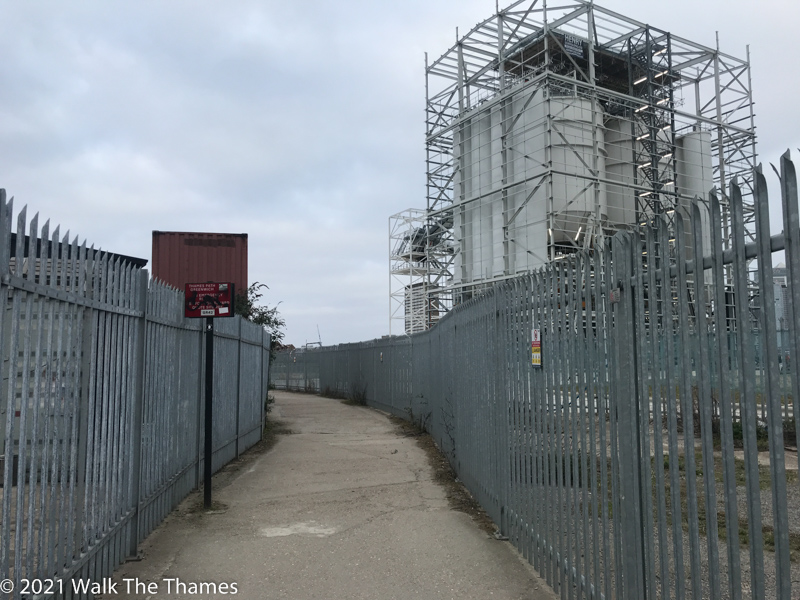
In the midst of all this industry is a surreal sight: the Greenwich Peninsula Golf Range! Oddly enough, this is the closest the Thames Path comes to a golf course. Both the Ridgeway and the Pennine Way cross golf course but somehow the Thames Path manages to avoid them. Perhaps rivers and golf courses don’t get on!
Past the golf course we come to Waterview Drive which provides access to the Intercontinental Hotel and the O2 arena. Across the water is the Isle of Dogs with glorious views of Canary Wharf’s skyline.
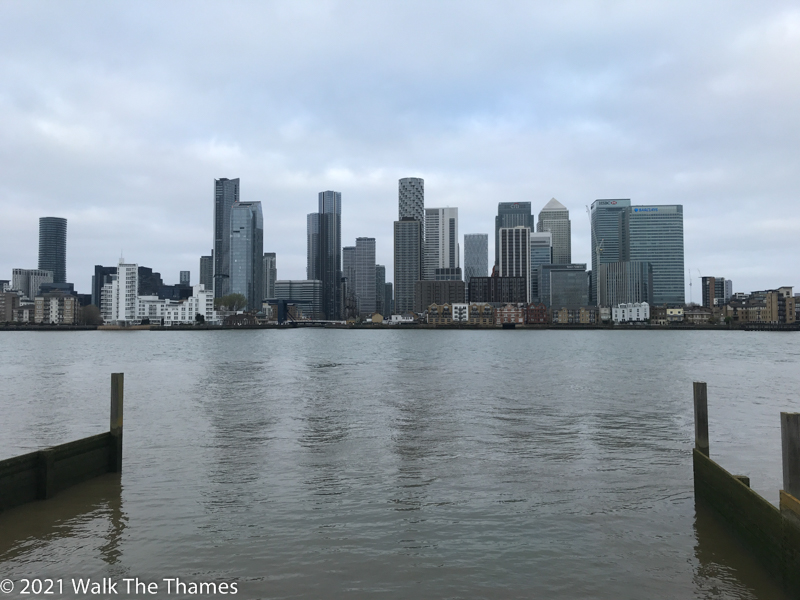
The 02 Arena, formerly the Millennium Dome, was built in 2000 bringing much needed redevelopment to, what was previously, an urban wasteland. Aside from the main venue, which has a capacity of 20,000, there are many bars, restaurants and shops. Although none at the moment!
You can actually climb to the top of the arena. It’s perfectly safe: you wear a harness and are tied to the roof. The views from the top are quite spectacular.
The tarmac path extends right around the tip of the peninsula, which the arena occupies, until it reaches modern housing. You can access the O2 arena and North Greenwich station from here. An alternative to climbing the arena is to take the Emirates Gondola across the river to the Royal Docks and the Excel exhibition centre which, until recently, was a Nightingale Hospital. Again, fantastic views are available. It’s also not particularly expensive. This is public transport not a tourist attraction.

Past the apartment blocks you will get your first sight of the Thames Barrier: the end of the Thames Path. Unfortunately we have some more industry to negotiate in the form of an aggregates wharf. Aggregate is offloaded at the river and conveyor belts transport the rubble overhead to a site where it is turned into concrete. At least, that’s what appears to be happening. If it’s your lucky day, the conveyor belts will be rolling.
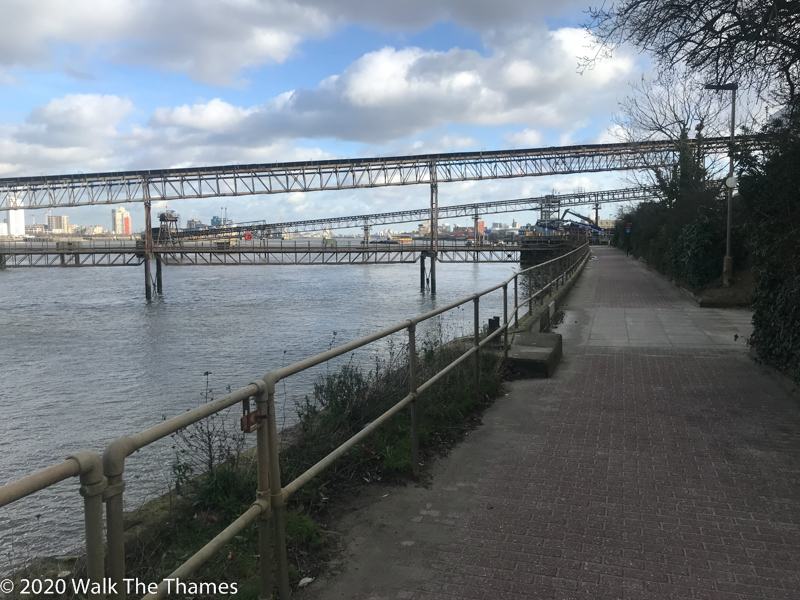
The Path then follows a road, appropriately named Riverside, and perhaps the most unscenic stretch of the entire Thames Path, to the very last pub: the Anchor and Hope. This hostelry appears to have undergone quite a transformation. On a fine day it could be quite a nice place to have a pint and some winkles: their speciality!
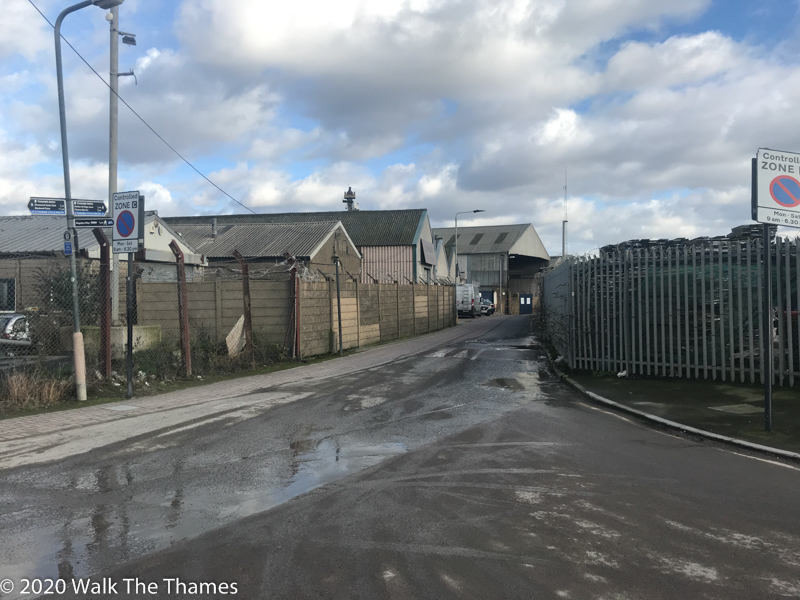
It’s just a quarter of a mile from the Hope & Anchor to the Thames Barrier, none of it scenic. But that won’t matter to you as all you’ll be thinking of is getting to the end.
At least you’ll know when you’ve reached the Thames Barrier: you can’t miss it. The Path runs through a small walkway alongside the barrier with a mural depicting the river. If you have walked the entire Thames Path you will no doubt want to trace your fingers along the wall, savouring the moment.
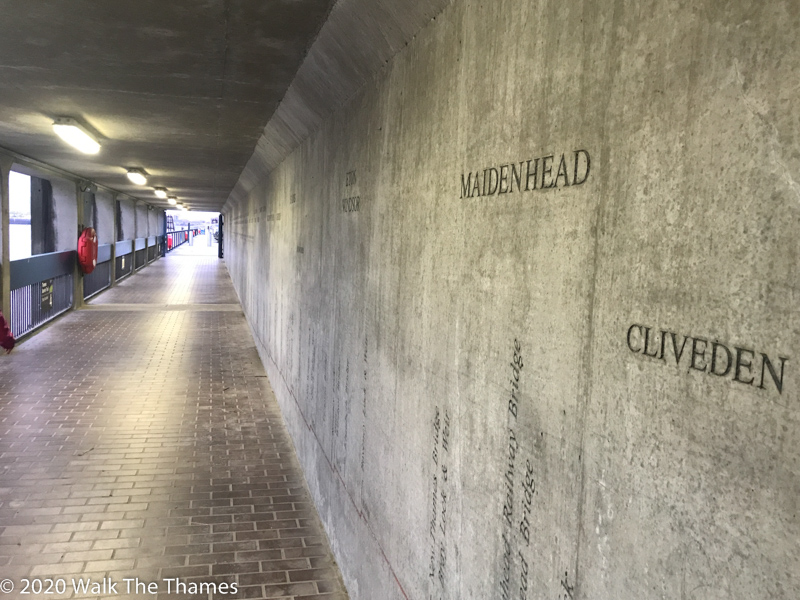
Getting away from the Thames Barrier is not straightforward. The nearest tube station is Charlton, which is a 0.8 mile walk, most of which is on the busy A206. From there you can take a train to London Bridge. If heading back to Greenwich for the night, you can walk back to the pier at North Greenwich (1.6 miles) and catch the Thames Clipper service to Greenwich. Or you could walk 1.4 miles along the Thames Path extension to Woolwich Pier (slightly further than the ferry) and catch the Clipper service from there.
As we wrote this newsletter the sad news of Prince Philip came through. No one can be unmoved by his passing. Having lived in Windsor for a number of years it was not unusual to see him out and about: in his Range Rover, at the rugby club where he was Patron, or riding his horse and carriage down the Long Walk. He was always courteous, smiling, and unpretentious. He will be missed.
Ready to book?
| Cookie | Duration | Description |
|---|---|---|
| cookielawinfo-checkbox-analytics | 11 months | This cookie is set by GDPR Cookie Consent plugin. The cookie is used to store the user consent for the cookies in the category "Analytics". |
| cookielawinfo-checkbox-functional | 11 months | The cookie is set by GDPR cookie consent to record the user consent for the cookies in the category "Functional". |
| cookielawinfo-checkbox-necessary | 11 months | This cookie is set by GDPR Cookie Consent plugin. The cookies is used to store the user consent for the cookies in the category "Necessary". |
| cookielawinfo-checkbox-others | 11 months | This cookie is set by GDPR Cookie Consent plugin. The cookie is used to store the user consent for the cookies in the category "Other. |
| cookielawinfo-checkbox-performance | 11 months | This cookie is set by GDPR Cookie Consent plugin. The cookie is used to store the user consent for the cookies in the category "Performance". |
| viewed_cookie_policy | 11 months | The cookie is set by the GDPR Cookie Consent plugin and is used to store whether or not user has consented to the use of cookies. It does not store any personal data. |